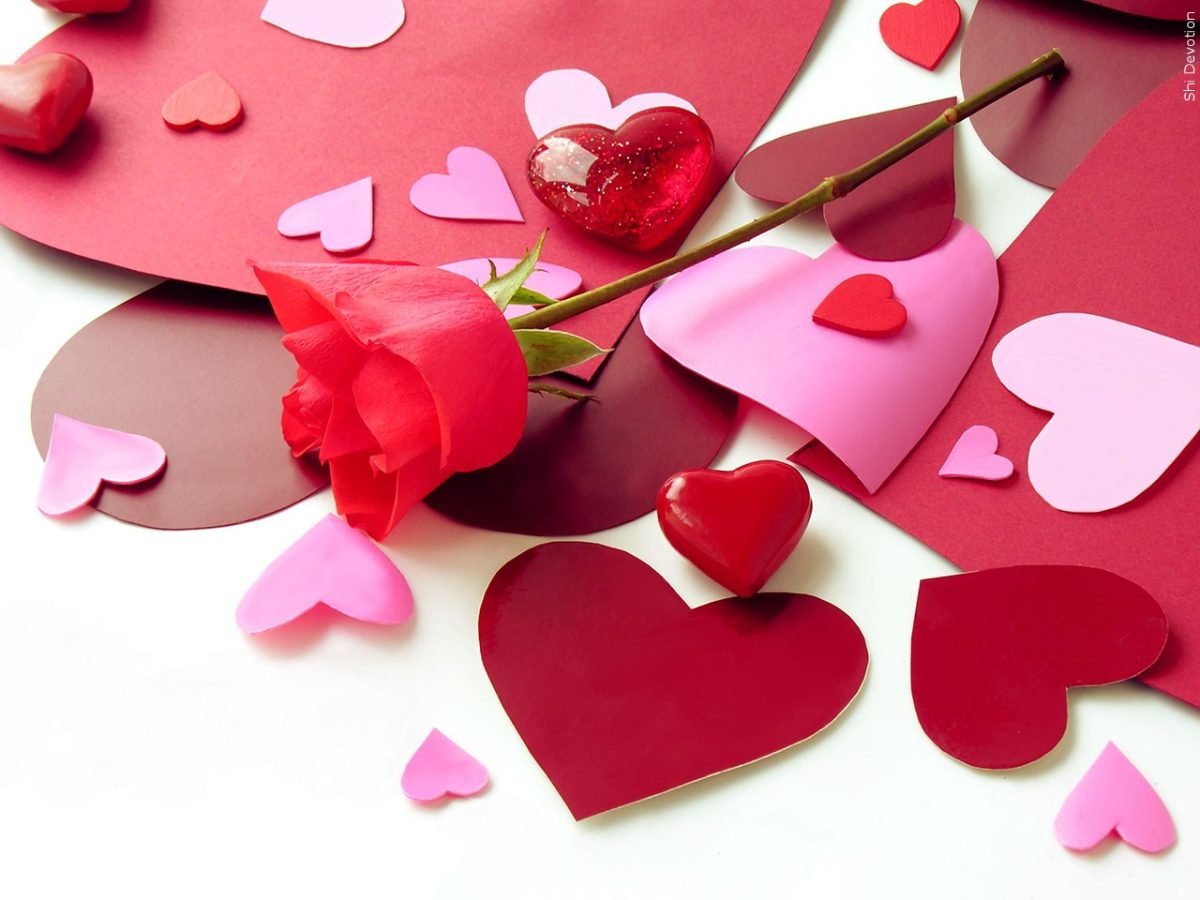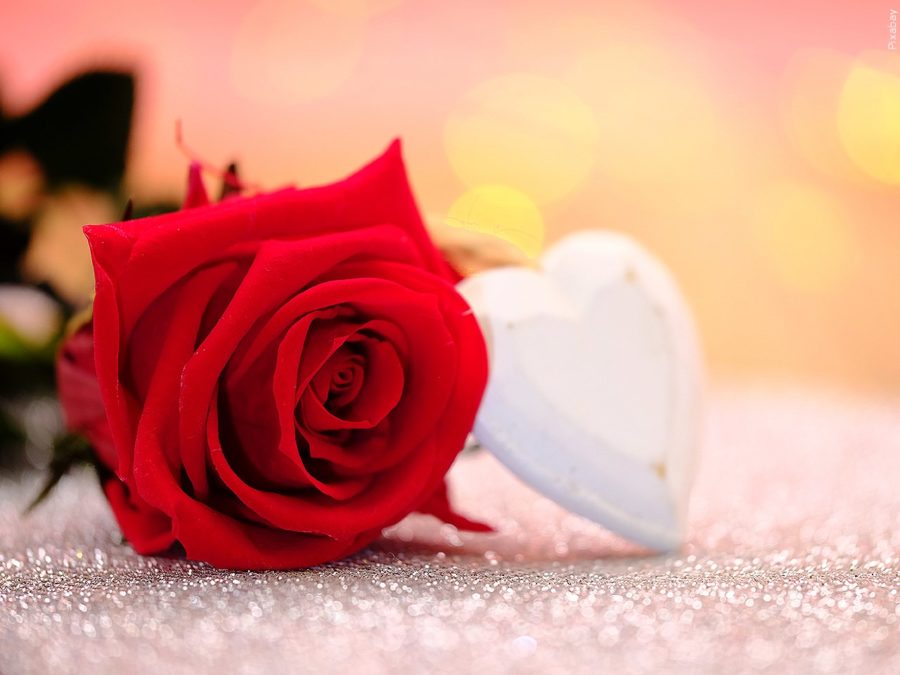
Halloween is a time to get dressed up, eat loads of candy and hang out with good friends, but what are its origins? Why do people dress up in costumes or place jack o’ lanterns outside their homes?
Prior to the introduction of Christianity in parts of Europe, many villages solely practiced pagan rituals. There were high priests in these villages who many people of the town would look to for answers.
As the seasons changed and things began to die, the weather harbingered the fall. How does one explain the sudden change from the warmth of summer to the frigid winds of autumn? Pagans called it Samhain.
Samhain was a time to celebrate death and remember ancestors. It was a time to ward off evil that might be lurking around the village. This was the infancy of Halloween as we know it today.
Pagans and neo-pagans today celebrate the life of their ancestors on Halloween. Families and friends will gather together and make a meal to honor the dead. If a loved one has passed away, it is common to make their favorite food and serve it up on a dish for that family member who has passed on.
“In neo-pagan practices, we seek to honor our ancestors that day,” said Weber State senior Austin Toney.
Toney is a high priest in the Wiccan faith, which is a part of the neo-pagan movement.
Prior to carved pumpkins, turnips were used in their place. People would carve them in order to keep evil spirits away during Samhain. Many pagans believe that during this time of the year, the veil between the living and the dead is at its thinnest.
Dressing up in scary costumes is also a way to scare off any bad spirits that might be lingering around on the last day of October. Costumes were not flashy or cute like they are now. The scarier the costume was, the more evil spirits it was meant to drive away.
When the Romans entered parts of Europe where pagan rituals were practiced, they had to find a way to indoctrinate their Christian beliefs with those already established.
“Most of what we know of today’s Halloween went through a metamorphosis during the 19th century. However Halloween today is the result of a failure in keeping spiritual meaning within tradition,” said Idaho State University Celtic History Professor J.C. Hewlett.
In the 18th century, the church finally named Nov. 1 All Hallows Day (day of the holy ones) in honor of the saints. However, two centuries later, the Church followed the Samhain festival more closely by naming Nov. 2 All Souls Day in honor of the dead. Owing to the medieval custom of beginning observances the night before, the collective holiday began on All Hallows Evening, or Halloween.
“All Saints was introduced in the year 609 but was originally celebrated on 13 May, the same date as Lemuria, an ancient Roman festival of the dead. In 835, it was officially switched to 1 November, the same date as Samhain,” Hewlett said. “By the 12th Century, we started to see traditions of Souling for the dead, retrieving goods at doors, and donning masks to protect us from vengeful spirits in purgatory, thus started our popular traditions.”
According to a Shamanic Wiccan church called Circle Sanctuary, Halloween and Samhain are not the same thing. Samhain is more religiously based whereas Halloween is more family focused.



















